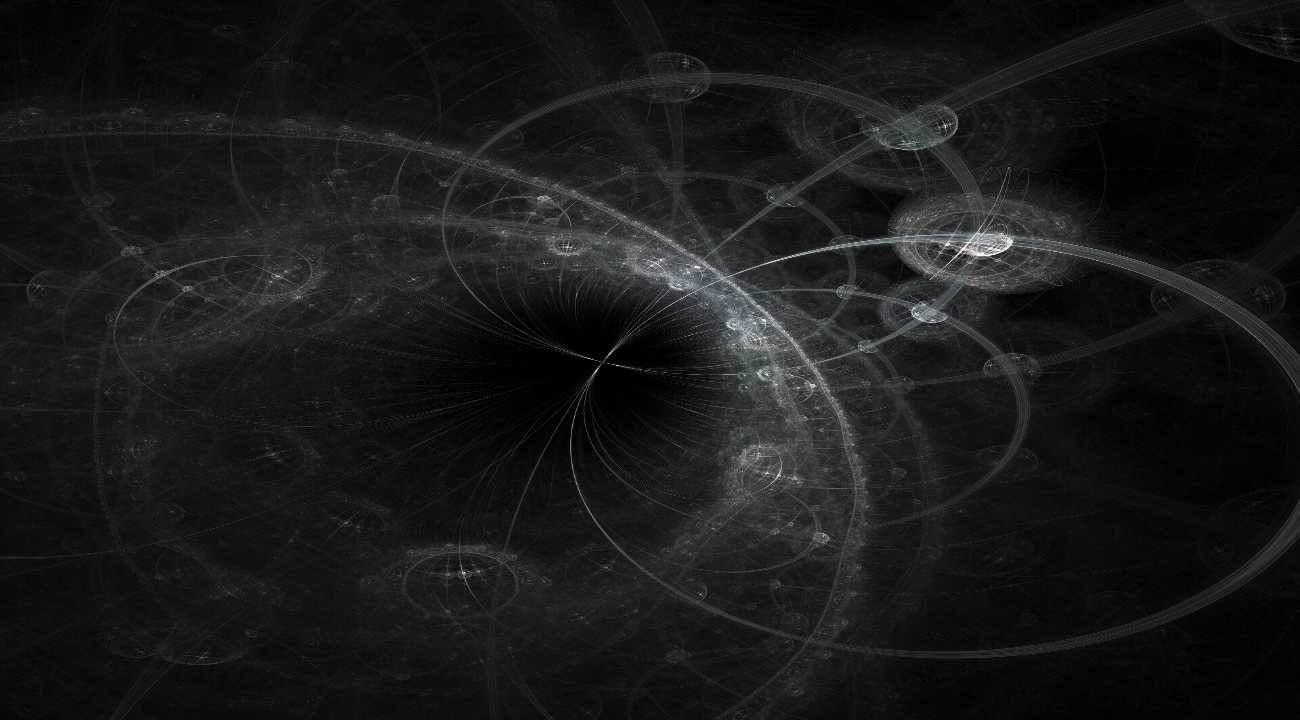Scientists at CERN have discovered an ultra-rare particle decay process, opening a new path to find physics beyond our understanding of how the building blocks of matter interact.
The NA62 collaboration presented at a CERN EP seminar the first experimental observation of the ultra-rare decay of the charged kaon into a charged pion and a neutrino-antineutrino pair (K+ → π+νṽ).
This is an ultra-rare occurrence—the Standard Model (SM) of particle physics, which explains how particles interact, predicts that less than one in 10 billion kaons will decay in this way. The NA62 experiment has been designed and constructed specifically to measure this kaon decay.
Cristina Lazzeroni, Professor in Particle Physics at the University of Birmingham, said, “With this measurement, K+ → π+νṽ becomes the rarest decay established at discovery level—the famous 5 sigma. This difficult analysis is the result of excellent teamwork, and I am extremely proud of this new result.”
Kaons are produced by a high-intensity proton beam provided by the CERN Super Proton Synchrotron (SPS), colliding with a stationary target. This creates a beam of secondary particles with almost a billion particles per second flying into the NA62 detector, about 6% of which are charged kaons. The detector identifies and measures precisely each kaon and its decay products, except neutrinos which show up as missing energy.
Professor Giuseppe Ruggiero, from the University of Florence, added, “This is the culmination of a long project started more than a decade ago. Looking for effects in nature that have probabilities to happen of the order of 10-11 is fascinating and challenging. After rigorous and painstaking work, we have got a stunning reward to our effort and delivered a long-awaited result.”
The new result is based on the combination of data taken by the NA62 experiment in 2021–22 and a previously published result based on the 2016–18 dataset. The 2021–22 dataset was collected following a suite of upgrades to the NA62 setup, allowing operation at 30% higher beam intensity with several new and improved detectors.
The hardware upgrades combined with refined analysis techniques allowed collection of signal candidates at a 50% higher rate than before, while adding new tools to suppress backgrounds.
A group of scientists from the University of Birmingham, currently led by Professor Evgueni Goudzovski, joined the NA62 experiment at the design phase in 2007—playing a central role in the collaboration.
Professor Goudzovski commented, “Attracting top talent and offering positions of responsibility to early-career researchers has always been the priority for the group. We are proud that both the current NA62 physics coordinator and the current convener of the K+ → π+νṽ measurement are former Birmingham Ph.D. students. It is a privilege to work in and lead such an energetic and constructive team.”
The research team is studying the K+ → π+νṽ decay because it is very sensitive to new physics beyond the SM description. This makes the decay one of the most interesting processes to search for evidence of new physics.
The fraction of kaons that decay into a pion and two neutrinos is measured to be about 13 in 100 billion. This matches SM predictions but is about 50% higher.
This could be due to new particles that increase the likelihood of this decay, but more data is needed to confirm this idea. The NA62 experiment is currently collecting data and scientists hope to confirm or rule out the presence of new physics in this decay within the next few years.
Reference: CERN seminars: indico.cern.ch/event/1447422/
